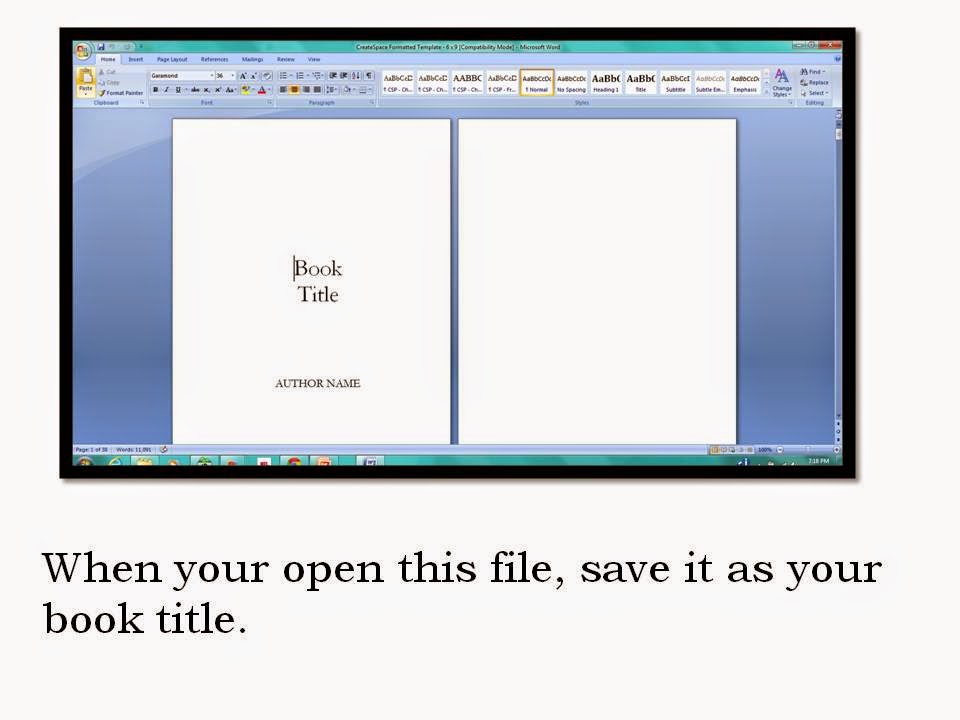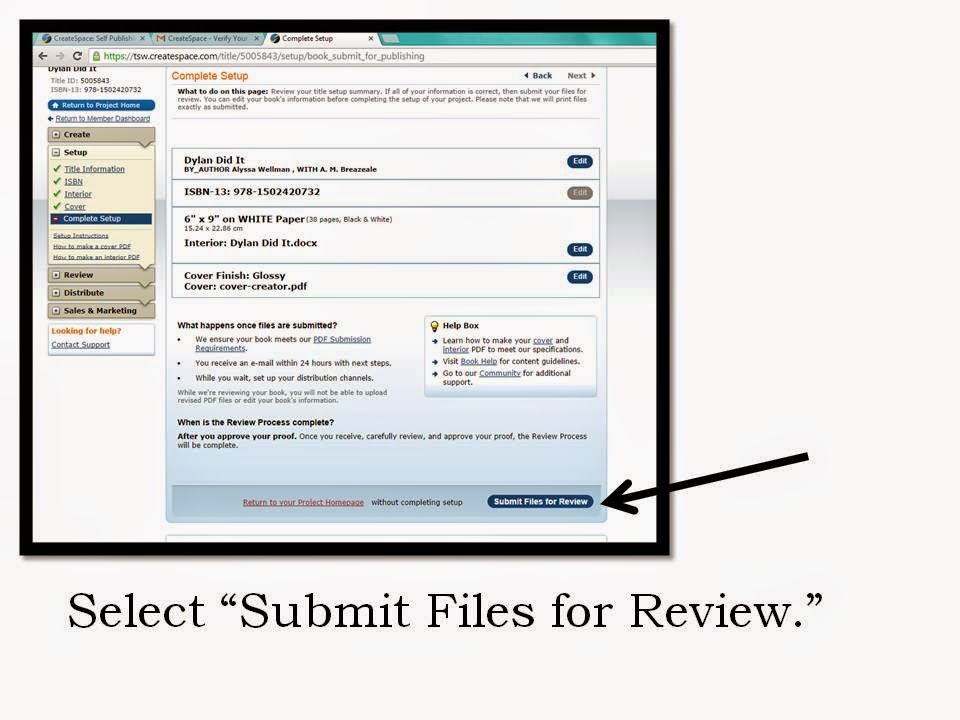It is
early Monday morning and you are excited about today’s lesson. Your students are listening attentively as
you state the essential question. Then
Johnny leaves his seat to sharpen his pencil.
You write his name on the board without saying a word signaling to
Johnny that he has broken a classroom rule.
He immediately rebuffs, “Why did
you write my name on the board?”
You know how this scenario will
unfold if you tell Johnny that his name is on the board for breaking rule two—raise
your hand for permission to leave your seat.
He will tell you that he had to sharpen his pencil. You will tell him that your rule does not say
“Raise your hand for permission to leave your seat…unless you have to sharpen
your pencil.” He will then look at you
like you are crazy even though he knows good and well that he is in the wrong. He will then retaliate once again with why he
did nothing wrong.
You might have noticed that I have
had this discussion many times with a variety of students. In previous years and the start of this one,
I have wanted to explain my reasoning to students so they would see that I was
not being unfair to them.
When I moved up to teaching middle
school, this strategy did not work. I
would explain my reasoning to the student; certain students would look at me
like I was speaking a different language, or they would take my correction
personal. So I decided to come up with a
way for students to explain their point of view without destroying the positive
atmosphere I have worked hard to create.
Instead of arguing with Johnny, give
him an “An Attorney in Training” writing assignment. (This assignment teaches students how to write argumentative essay.) You tell Johnny that you really want to
understand his point of view. This
writing assignment encourages Johnny to explain his side of the argument, back
his claim with facts, state the teacher’s side of the argument, then write a
conclusion. During this process if
Johnny really did not understand what he did incorrectly, he should know by the
end of this assignment. Plus, he is
practicing writing an argumentative essay!
This is a win-win for an English teacher.
Another way you may use this
strategy is if you have two students arguing with each other. Give both of the students an “Attorney in
Training” writing assignment. This will
give these students an opportunity to empathize with others. Also the fact that the title of this
assignment is “Attorney in Training” places a positive spin on a negative classroom
behavior.
Please get your free copy of this “Attorney
in Training” at my TPT’s store here, or you may download it from my website here. Thank you for reading and I hope
this strategy will help settle some of debates that are ongoing in the
classroom.






































































